What do you think?
Rate this book


510 pages, Paperback
First published March 16, 1831

الشقاء أن يحب الرجل امرأة لا تحبه.. لا تشعر به.. لا تشفق لحاله
أن يريد الرجل التضحية بحياته كلها لقاء ابتسامة من حبيبته وهي تنفر منه أو تهرب وتصد
ولا تدري أن صدودها طعنات للقلب الذي أحبها
....
الشقاء أن ينشطر الرجل إلى عقل وقلب
العقل يلعن من يخون
والقلب يعفو ويسامح رغم الألم والعذاب مع من يحب وبكن له الحب العظيم






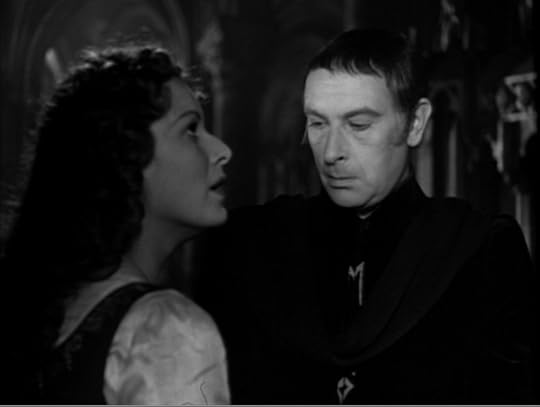

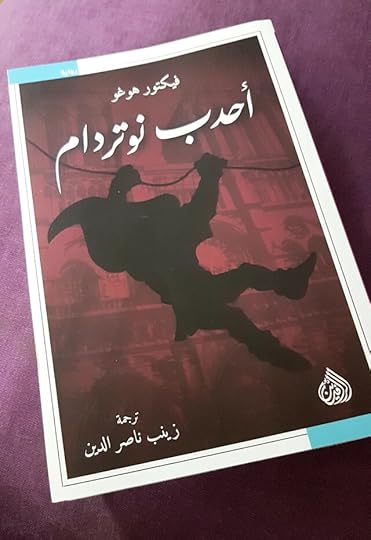
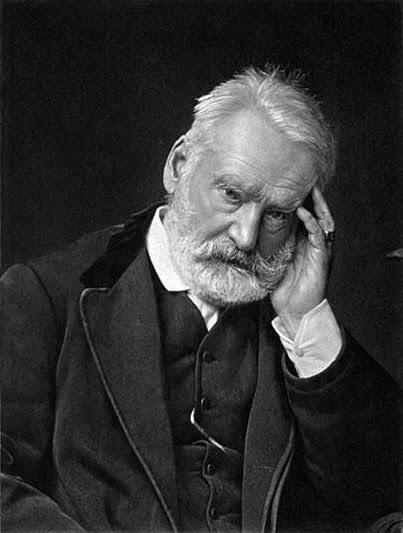
" لاتنظرى إلى الشكل،
بل انظري إلى القلب أيتها الفتاة،
إن قلب شاب جميل هو في الغالب قلب مشوه،
فهناك قلوب لا تحتفظ بالحب
أيتها الفتاة ،
شجر الصنوبر ليس جميلاً،
وليس كشجر الحور ، طويلاً
ولكنه يحتفظ بأوراقه الخضراء خلال الشتاء
********
وا أسفي على حالي !
لم كل هذا الكلام ،
لقد اخطأ القبيح في الاحتفاظ بحياته ،
فالجمال لا يحب غيرالجمال ،
وشهر نيسان لا يشبه أشهر كانون.
*****
الجمال شئ كامل ،
والجمال قادر على كل شئ،
والجمال هو الشئ الوحيد المكتمل
****
لا يطير الغراب إلا في النهار،
ولا تطير البومة إلا ليلاً،
أما البجعة فتطير ليلاً ونهاراً
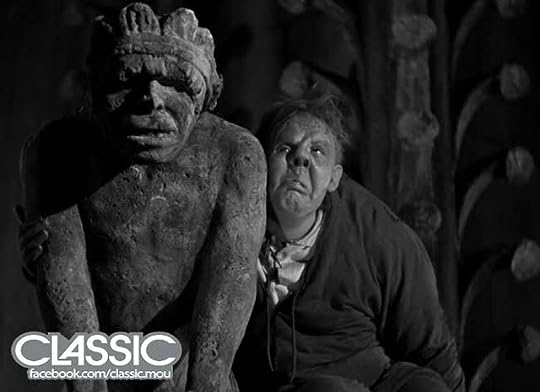
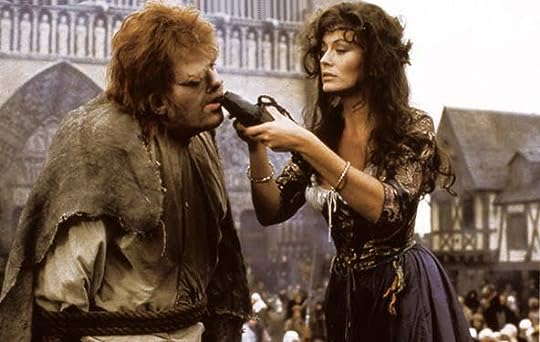
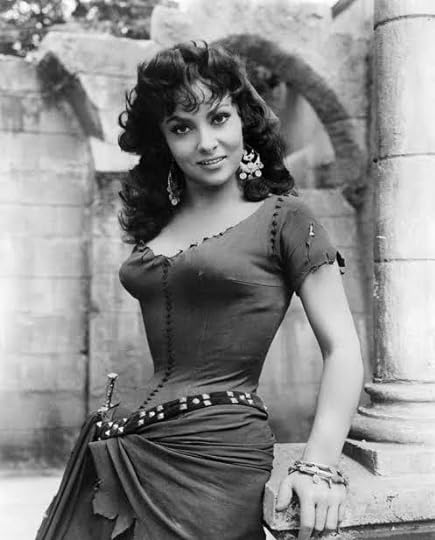
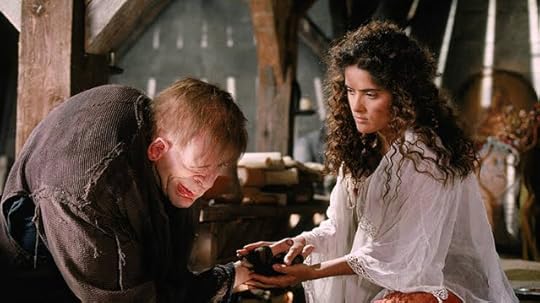
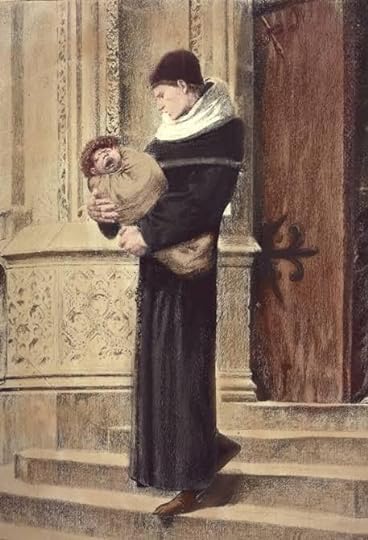
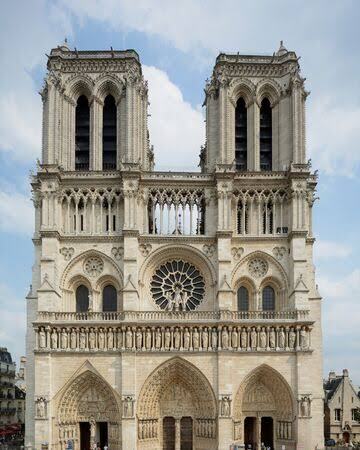
If these stones could speak …